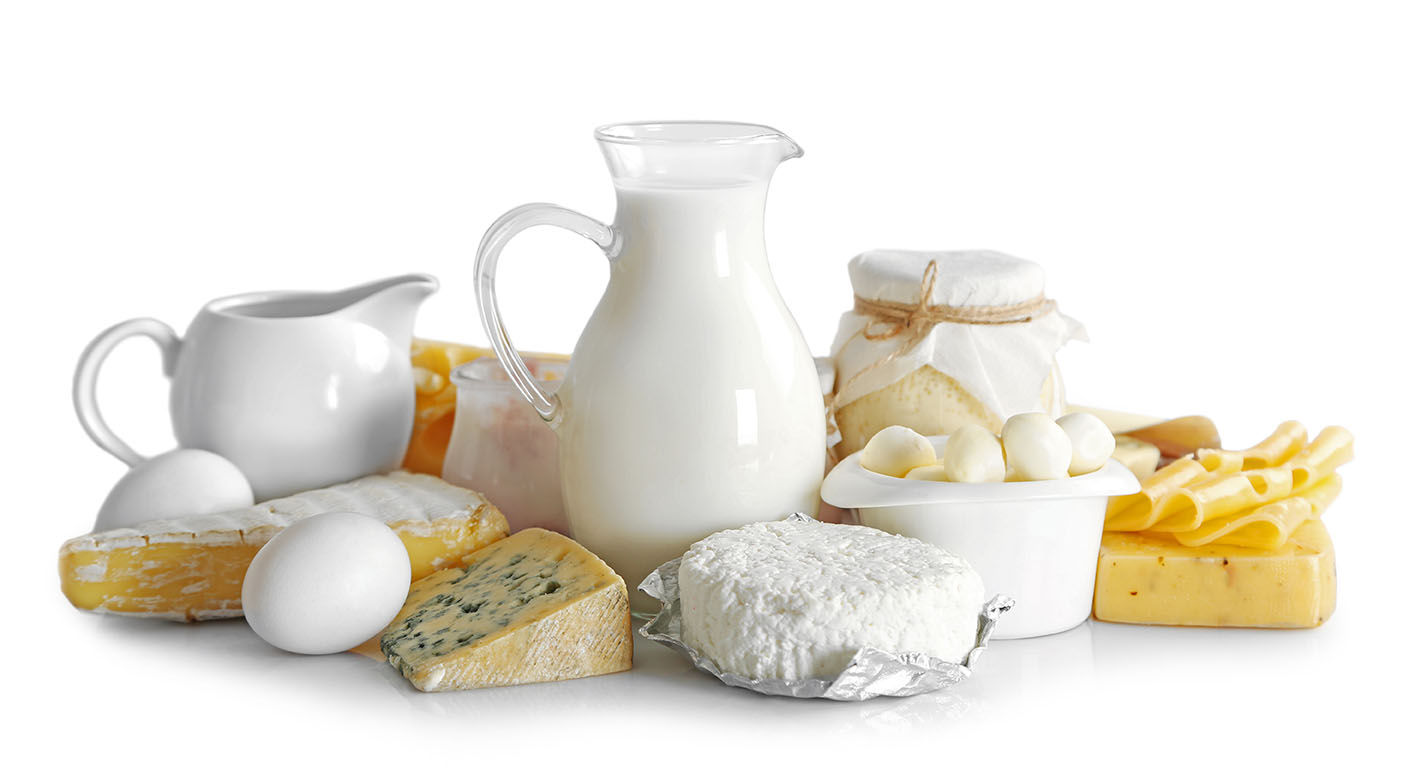
< Back
dairy
Definition
Dairy is a term used to describe products that come from milk, which is a complex liquid that is made up of water, proteins, fats, carbohydrates, minerals, and vitamins. The composition of milk varies depending on the animal it comes from, but all milk contains the same essential nutrients.
The proteins in milk are essential for growth and development. The fats in milk provide energy and help absorb fat-soluble vitamins. The carbohydrates in milk are a source of energy and fibre. The minerals in milk are important for bone health and other bodily functions.
Dairy products are a good source of calcium, which is important for strong bones and teeth. They are also a good source of protein, which is important for building and repairing muscle tissue.
Dairy products can be a healthy part of a balanced diet. However, some people may have lactose intolerance, which means that they cannot digest lactose, the sugar in milk. For these people, it is important to choose lactose-free dairy products.
How can the word be used?
I'm lactose intolerant, so I can't eat most dairy products.

Different forms of the word
Noun: dairy.
Adjective: dairy.
Verb: dairy, dairying.
Pronoun: dairy.
Etymology
The word “dairy” comes from the Old French word “daerie,” which means “place where dairy products are made.” The Old French word “daerie” is ultimately derived from the Latin word “dĕrivāre,” which means “to draw off.” The word “dairy” comes from the Old French word “daerie,” which means “place where dairy products are made.” The Old French word “daerie” is ultimately derived from the Latin word “dĕrivāre,” which means “to draw off.”.
Question
What foods are classed as dairy?
AQA Science Exam Question and Answer
Question:
Dairy products are a significant part of many diets, but some individuals experience discomfort after consuming them. Explain the relationship between dairy consumption and lactose intolerance, and discuss how lactose-free alternatives address this issue.
Answer:
Dairy and Lactose Intolerance:
- Dairy products contain a natural sugar called lactose, which is broken down by an enzyme called lactase in the small intestine. Lactase breaks lactose into two simpler sugars, glucose, and galactose, which can be easily absorbed into the bloodstream. However, some individuals may have reduced levels of lactase or lack it entirely, leading to lactose intolerance.
- Lactose intolerance is the inability to digest lactose properly, resulting in gastrointestinal discomforts, such as bloating, gas, and diarrhoea, after consuming dairy products.
Lactose-Free Alternatives:
- To address lactose intolerance, various lactose-free alternatives have been developed. These products, such as lactose-free milk and dairy-free milk substitutes (e.g., almond milk, soy milk, oat milk), do not contain lactose, making them suitable for individuals with lactose intolerance.
- Lactose-free milk is produced by adding lactase enzymes to regular cow's milk, which pre-digests the lactose, converting it into easily digestible sugars. Dairy-free milk substitutes are made from plants and do not contain lactose, providing a suitable alternative for those who are lactose intolerant.
- In summary, lactose intolerance occurs when the body cannot properly digest lactose, a sugar found in dairy products. Lactose-free alternatives, like lactose-free milk and dairy-free milk substitutes, offer a solution for individuals with lactose intolerance, allowing them to enjoy dairy-like products without discomfort.